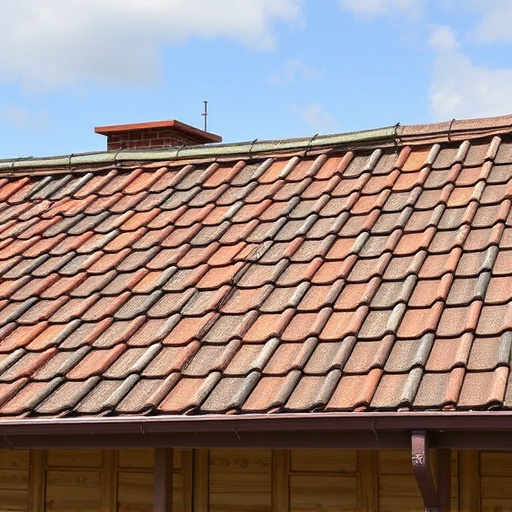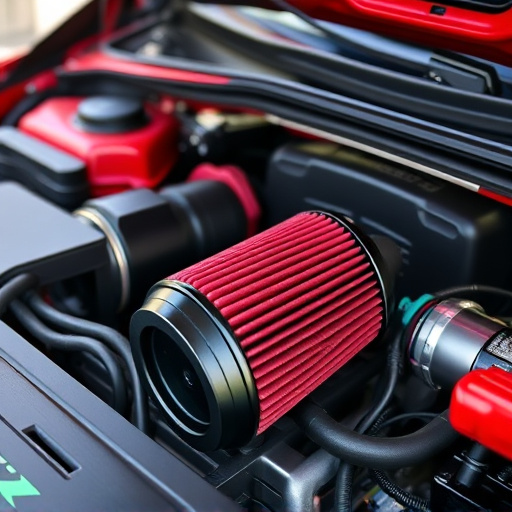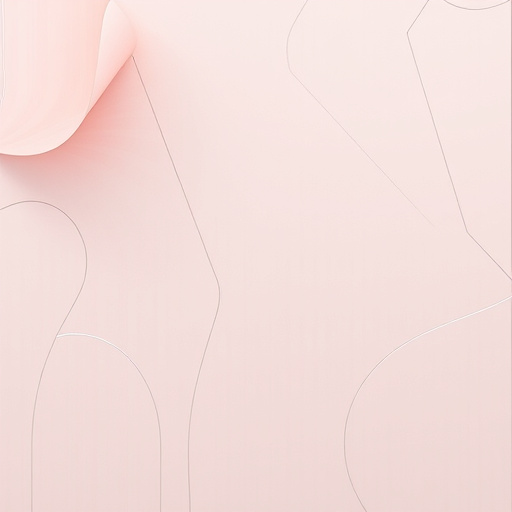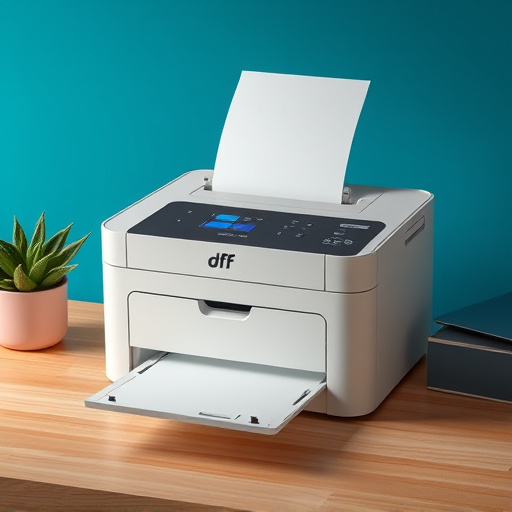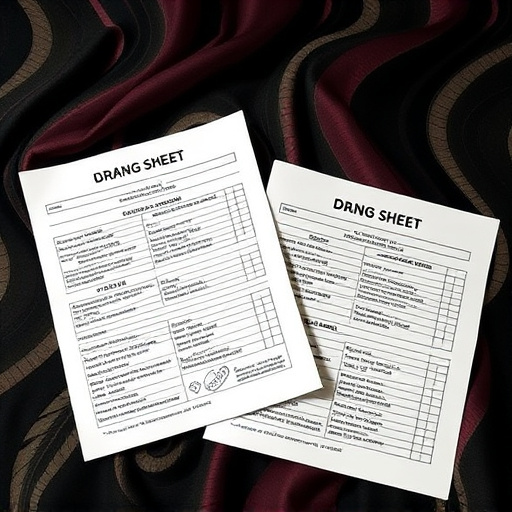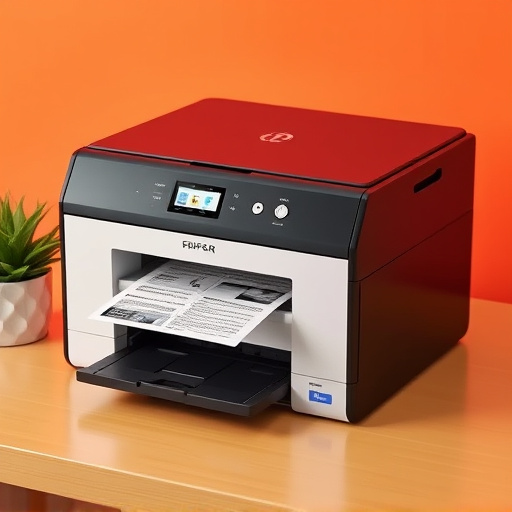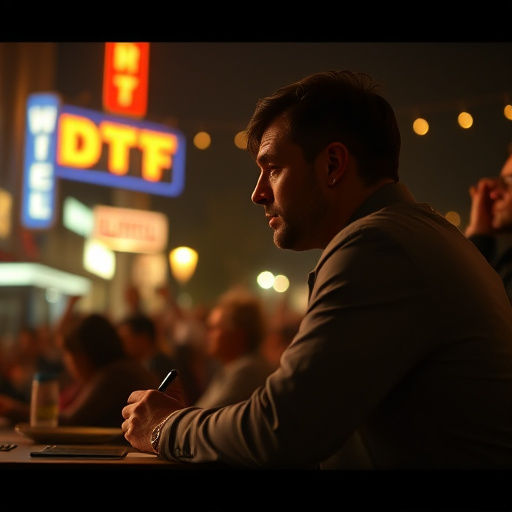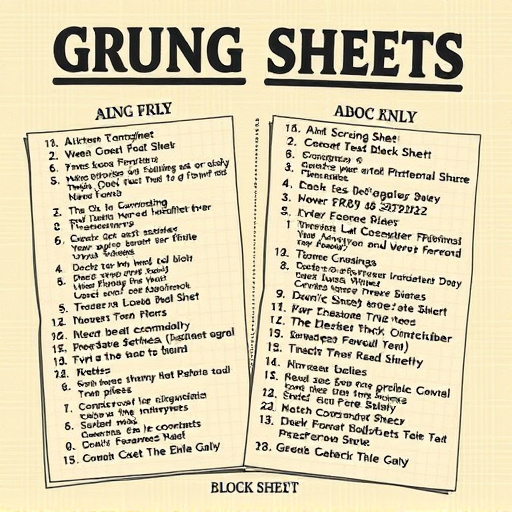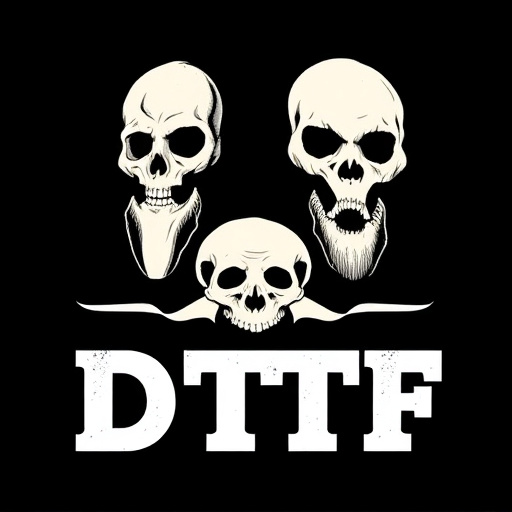The DTF (Direct to Fabric) Transfer Film is transforming apparel production with its ability to create precise, high-quality designs on various fabrics, preserving texture and offering a versatile solution for custom transfers and bulk production. This innovative film enhances fabric visual appeal, especially in personalized hoodies, by seamlessly integrating intricate patterns. Best practices for application include proper fabric preparation, suitable film selection, even pressure distribution with a squeegee, optimal ambient conditions, and post-press heat setting for durable, market-ready results that meet modern fashion standards.
Discover the transformative power of DTF Transfer Film on fabric texture. This innovative printing technique offers a unique way to enhance and customize textiles, creating intricate designs with remarkable detail. In this article, we explore ‘Understanding DTF Transfer Film and Its Properties’, delve into ‘The Impact on Fabric Texture: Before and After’, and uncover ‘Best Practices for Desired Texture Results’. Uncover the secrets behind achieving stunning textures using DTF Film.
- Understanding DTF Transfer Film and Its Properties
- The Impact on Fabric Texture: Before and After
- Best Practices for Achieving Desired Texture Results with DTF Film
Understanding DTF Transfer Film and Its Properties

The DTF (Direct to Fabric) Transfer Film is a game-changer in the apparel industry, offering a precise and efficient method for applying intricate designs onto various fabrics. This innovative film facilitates the transfer of high-quality graphics and patterns directly onto garments, providing a durable and vibrant finish. The key advantage lies in its ability to preserve fabric texture while achieving exceptional print quality.
DTF is particularly favored for its versatility, catering to both custom dtf transfers and bulk production. Custom sheets for heat pressing designs, crafted from this film, enable artisans and manufacturers to create unique, personalized garments. By using DTF for apparel, brands can ensure that their designs are not only visually appealing but also leave a lasting impression, making it a preferred choice in the world of fashion and customization.
The Impact on Fabric Texture: Before and After
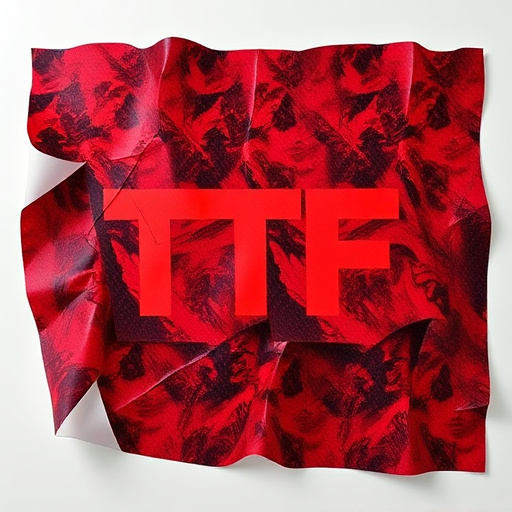
Before using DTF Transfer Film, fabrics often possess a standard, unadorned texture—a staple in many garments’ design. However, after the application of this film, there’s a remarkable transformation. The fabric’s surface becomes adorned with intricate patterns and designs, creating a new, enhanced texture. This shift is particularly notable in personalized hoodies, where custom DTF transfers bring unique artistic touches to the fabric.
The direct-to-film printing process allows for a seamless fusion of design and material. As a result, the final product showcases a depth and dimension that were previously absent. The fabric’s original texture serves as a canvas, upon which the DTF transfer film paints a visually captivating picture. This transformation is not merely aesthetic; it can significantly impact the overall feel and appeal of garments, making them stand out in today’s market, especially when considering DTF printing for hoodies.
Best Practices for Achieving Desired Texture Results with DTF Film
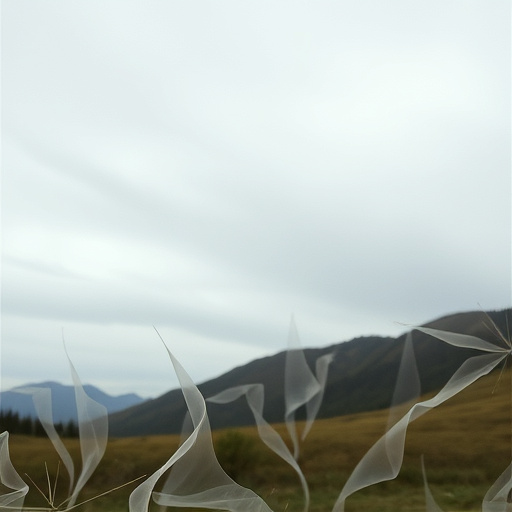
To achieve the best results with DTF (Direct to Fabric) Transfer Film, several practices can enhance the texture and quality of your fabric. First, ensure proper preparation of the fabric surface; this includes cleaning and sanding for an even coat adhesion. The choice of film is also crucial; select a high-quality DTF suitable for your fabric type, whether cotton, polyester, or blends. Precise application techniques are essential: use a squeegee for even pressure distribution during transfer to prevent bubbles and ensure complete contact with the fabric.
For optimal texture results, consider ambient conditions like temperature and humidity, as these factors impact film adhesion and drying time. Post-press treatments, such as heat setting, further enhance the durability of the print. For clothing brands looking to create unique Custom graphic tees or update their logo dft on various fabrics, mastering these best practices will yield visually appealing, long-lasting designs that meet the high standards of modern fashion.
In conclusion, DTF Transfer Film significantly impacts fabric texture after press. By understanding its properties and best practices, professionals can achieve desired results, enhancing the aesthetic appeal and functionality of fabrics. The transformative effects outlined in this article highlight the importance of DTF film in modern textile production, offering a versatile tool for creators to bring unique textures to life.
